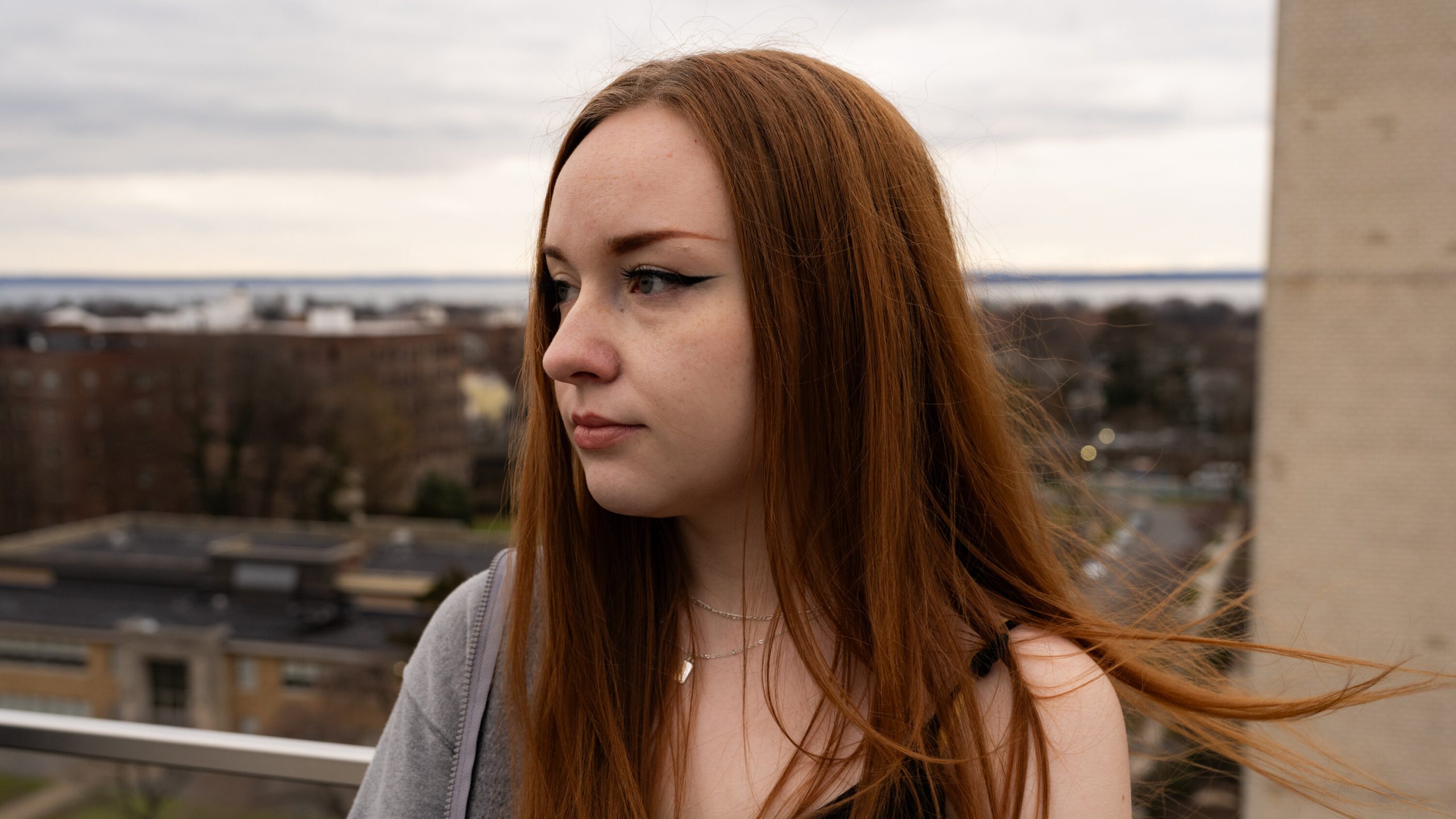
Being a child or teenager today — and being a parent trying to raise a happy, healthy individual — sometimes feels like the hardest thing imaginable. There is so much information and advice, and so much counter-information and counter-advice, that can be applied to our personal choices at any given time.
Those of us raising tweens find that kids can have more questions and demand more answers than many of us did growing up. The old “Father Knows Best” or “Ask Mom” models are outdated for a lot of children today; they have both less patience and more certainty at their age than my generation did, and now often find new peers and influences from TikTok, YouTube and elsewhere on the internet as they try to figure things out for themselves.
Fortunately, this has led to a great deal of healthy freedom of thought and freedom of expression — a deep curiosity about themselves and the world. I’m thinking in particular about kids and teenagers who identify as transgender. When I was growing up in the 1990s, I didn’t know any peers who were trans; surely that’s because if I did know kids with gender dysphoria, they didn’t feel comfortable sharing the truth about themselves, for many reasons. That is different today, thankfully, and it’s giving more trans young people a greater chance at living fuller lives.
There are also kids and teenagers who think they are trans but, in time, realize they are not. This is a very small population. Overall, by best estimates, about 1.6 million people in the United States identify as transgender, of which about 300,000 are between ages 13 and 17. That second figure has grown significantly in the past few years, but among those ages 13 and older, the total population identifying as trans is still far less than 1 percent. And within that population is a subset of youth who identify as trans and come to change their minds — sometimes with painful consequences.
My colleague Pamela Paul recently spent a lot of time talking to several of these young people about how and why they once thought of themselves as trans and then went through the experience of what’s called detransitioning. Pamela, who writes often about society and culture, including issues of gender identity, wanted to listen to and learn about the questions, anxieties and experiences that these young people and their families have grappled with.



